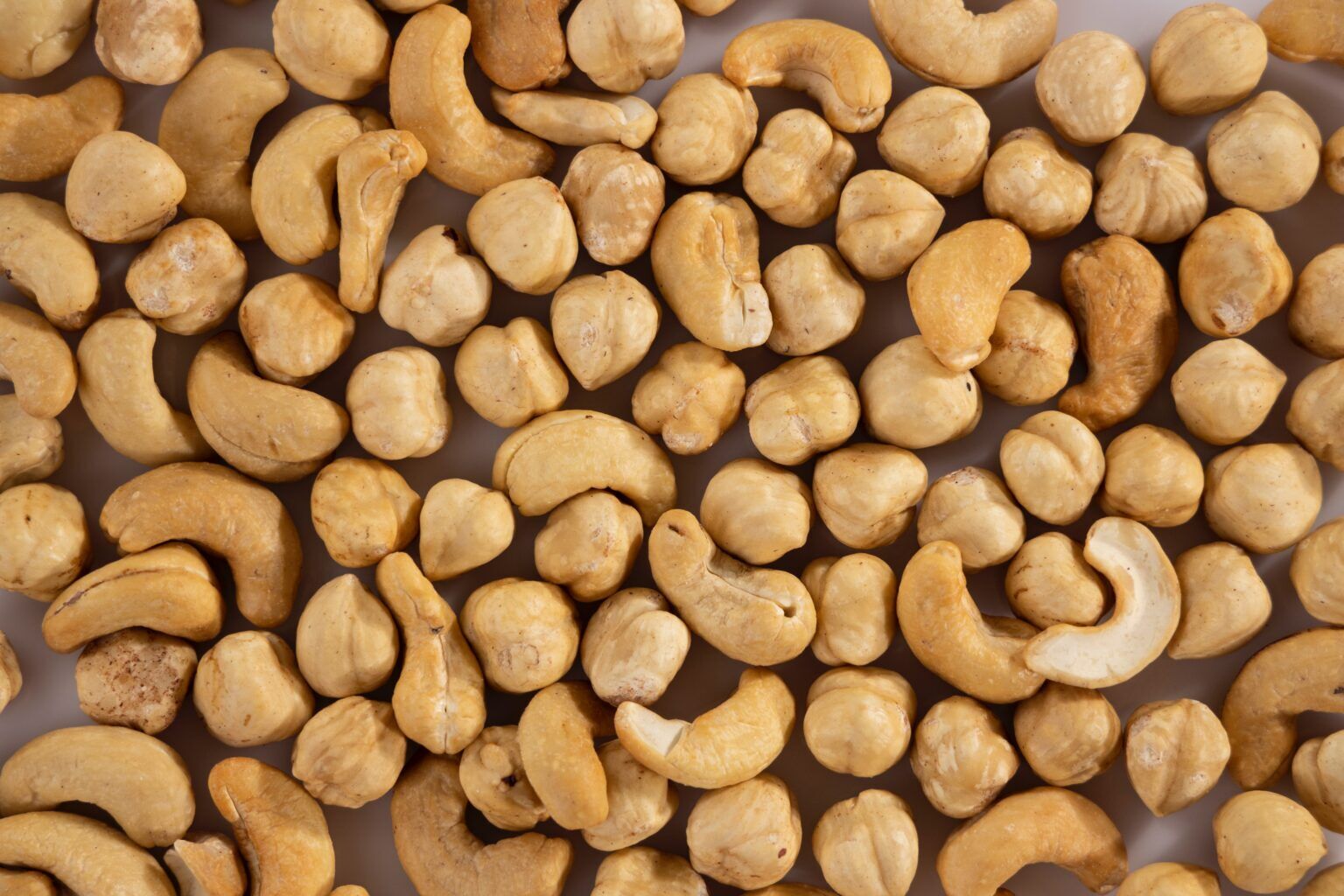9,2
/10
customer satisfaction
9,2
/10
customer satisfaction

In a healthy body, the pancreas regulates the blood sugar levels. If your sugar level rises, for example after eating a sandwich, the pancreas produces insulin to lower the sugar value again. And if it drops too much, for example if you haven’t eaten for a long time, the pancreas ensures that the liver releases glucose into the blood, causing the value to rise again.
With insulin resistance, the body no longer responds properly to insulin. The pancreas has to produce more and more insulin to bring the sugar level back to a normal level. If that is no longer sufficient at a certain point, too much glucose will remain in your blood and your sugar levels will remain too high. Then you are diagnosed with type 2 diabetes.
Therefore, insulin resistance is often seen as a precursor to type 2 diabetes. It is mainly caused by being overweight and having an unhealthy lifestyle. Fortunately, you can also make your body more sensitive to insulin again and thus better control your sugar levels! For example, by eating differently and exercising more.
How your sugar level responds to food is personal and depends on many factors. For example, the amount of insulin that your pancreas is still producing and how well your body responds to that insulin. In addition, the type of insulin resistance also has an influence. For example, some people are less sensitive to insulin in the liver and others in the muscles or they have a combination of both. In this blog we discuss insulin resistance in the liver and in the muscles.
Insulin resistance in the liver
As mentioned earlier, your body produces insulin as soon as the sugar level rises. Insulin also ensures that the liver (temporarily) no longer releases glucose into the blood. After a meal with carbohydrates, glucose is sufficiently available and the body tries to regain balance. However, if you are insulin resistant in the liver, this process is not inhibited and the liver continues to release glucose into your blood. As a result, your value rises even more in the first hour after the meal, and the increase may be greater than expected based on the amount of carbohydrates you ate. In addition, people with insulin resistance in the liver often have high fasting blood sugar levels.
Dutch research (2023) shows that people with mainly insulin resistance in the liver can best eat food that contains relatively many unsaturated fatty acids (e.g. nuts, seeds, kernels, (fatty) fish and olive oil).
Insulin resistance in the muscles
Muscles absorb most of the glucose after a meal. This causes the sugar level to drop. However, if the muscles are no longer as sensitive to insulin, it takes longer for the glucose to be absorbed. The sugar level continues to rise longer and it also takes longer to return to the pre-meal level.
The same Dutch study (2023) shows that people with muscle insulin resistance mainly benefit from a diet that contains a relatively high amount of protein (e.g. dairy products, legumes, lean (white) fish), is rich in fiber (vegetables, whole grains) and is low in fat. In addition, exercise naturally increases insulin sensitivity in the muscles, so that’s always a good idea! Even if you are mainly insulin resistant in your liver or even completely healthy.
Measuring is knowing
The mentioned study was conducted in a controlled setting with standard meals and measurements. In daily practice it often works differently. Unfortunately, it is not (yet) possible to derive the type of insulin resistance only from a glucose day curve with continuous glucose monitoring. So, we don’t know in advance what works best for you.
In addition, the response of your sugar level depends on many more factors than just the type of insulin resistance. So check what works for you. Find out how your sugar level reacts if you replace ‘white’ grains with whole grains. Eat some more vegetables. See if eating a smaller portion of carbohydrates and adding protein and/or healthy fats to your meals influences the reaction of your sugar level. And test whether a walk after meals has an effect. Clear.bio is happy to help you with that!